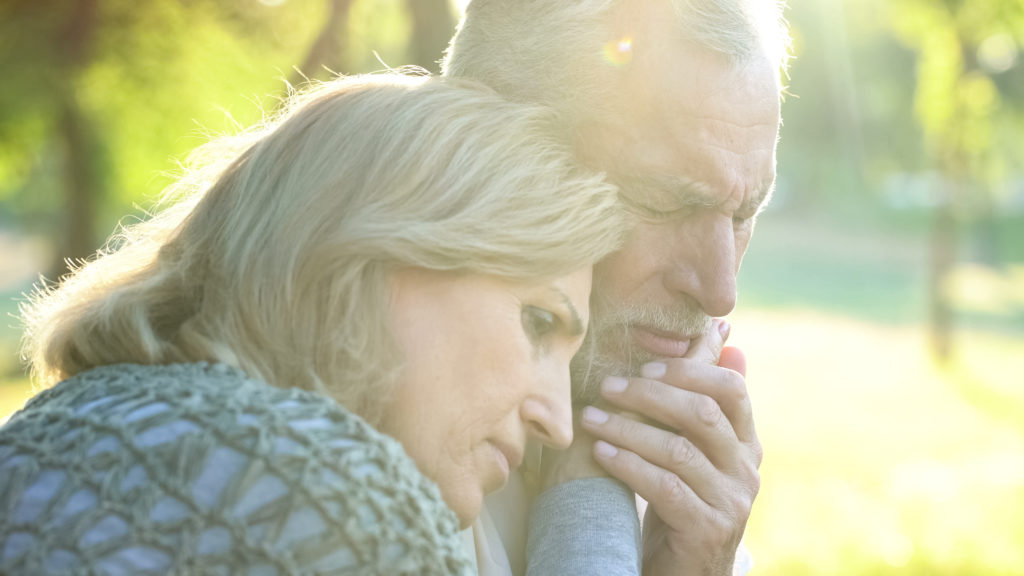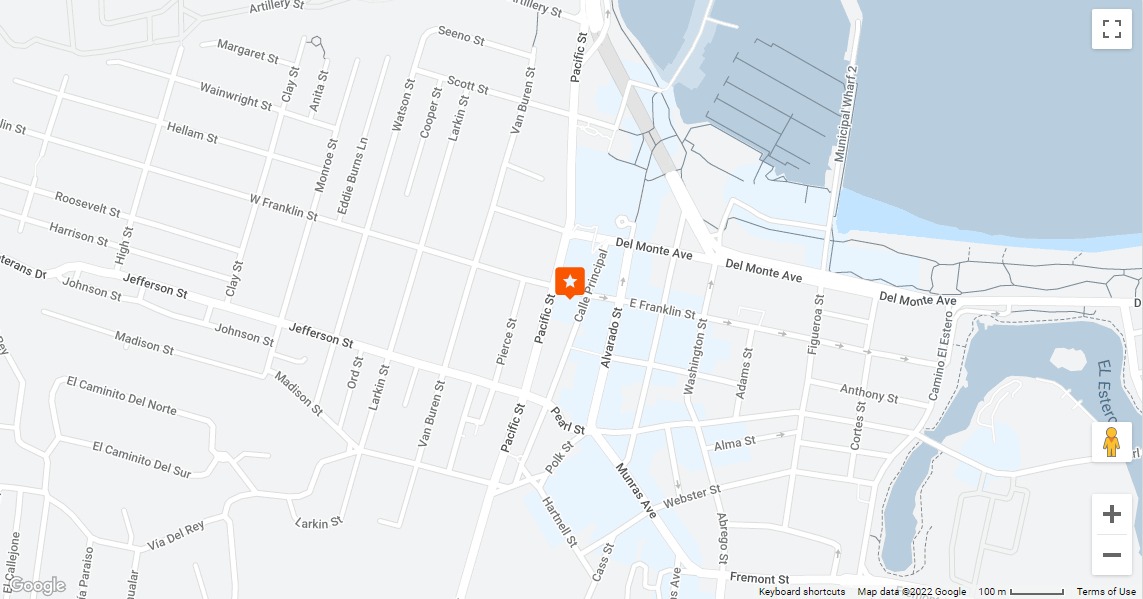Wrongful Death

It’s your worst nightmare. You get a call from a police officer at 9:15 one morning. He tells you he has some bad news. Your heart sinks. He tells you your daughter was riding her bike to work earlier that morning, down by Cannery Row, when she got hit by somebody texting and driving down Drake Avenue. He says the paramedics did everything they could and she fought hard. But, she didn’t make it. “I’m sorry.”, he says, as he hangs up. Just like that your whole world is crashing down.
If you have lost a loved one because of negligence, recklessness, or intentional acts of another, there is nothing we can say or do to bring them back. But, we can fight for you to get some justice through a wrongful death claim.
What is a wrongful death claim?
California, like most states, recognizes wrongful death claims, where one person dies as the result of the legal fault of another person or entity. That can include car accidents, bicycle accidents motorcycle accidents, pedestrian accidents, medical malpractice, and even intentional acts.
Wrongful death actions are “civil actions”. So, generally, a defendant’s liability in a wrongful death case is expressed solely in terms of financial compensation, or “damages”. The Court orders the defendant to pay damages to the decedent’s survivor, or survivors. That is the biggest difference between a wrongful death, civil lawsuit, and a criminal homicide case. In a criminal homicide case, a conviction can be penalized with jail or prison time, probation, or other sanctions.
Another big difference is “the burden of proof.” In criminal prosecutions, the state prosecutor must prove that the defendant is guilty “beyond a reasonable doubt”. That’s a very high bar to clear. There are lots of reasonable doubts that could creep up in almost any prosecution. But, in a civil lawsuit, the plaintiff only needs to show the defendant was liable based on a “preponderance of the evidence.” That just means it’s more likely than not that the defendant had some responsibility for the decedent’s death.
Who can file a wrongful death claim in California?
California’s wrongful death statute outlines who can file a wrongful death claim in the state’s civil courts. The following people can file a wrongful death suit:
- The decedent’s surviving spouse or domestic partner;
- The decedent’s surviving children; and/or
- The grandchildren of any deceased child of the decedent.
But, if there is no surviving person in the deceased person’s line of descent, then a wrongful death suit may be brought by anyone “who would be entitled to the property of the decedent by intestate succession.” Depending, on who is alive at the time the decedent passes, that can include:
- The decedent’s parents; and/or
- The decedent’s siblings.
Additionally, the following can file suit if they can show they were financially dependent on the decedent:
- The decedent’s putative spouse (someone who had a good faith, but mistaken belief they were married to the decedent);
- The children of the decedent’s putative spouse;
- The decedents step-children;
- The deceased person’s parents; and
- The legal guardians of the decedent, if the parents are deceased.
So, if you’re one of those people grieving the loss of a loved one, you may be able to file a wrongful death claim.
What damages are possible in a California wrongful death case?
“Damages” are a plaintiff’s losses in a personal injury case. Damages in the wrongful death of an adult fall into two categories economic damages, and non-economic damages. Economic damages include things like financial support the decedent would have contributed to the family, loss of gifts or benefits the family would have expected from the decedent, funeral and burial expenses, and the reasonable dollar value of household services that the decedent would have provided. Then, there are non-economic damages. Non-economic damages are used to compensate for the loss of the decedent’s “love, companionship, comfort, care, assistance, protection, affection, society, and moral support.” They are also used to compensate for the spouse or partner’s loss of the enjoyment of intimacy with the decedent and the loss of the decedent’s guidance.
How long do I have to file a wrongful death claim?
A statute of limitations sets a deadline to file lawsuits. California’s statute of limitations for wrongful death claims is found in California Code of Civil Procedure Section 335.1. The statute of limitations for wrongful death claims is currently two years from the date of the decedent’s death. However, there are rules that require action in even less time such as California’s Government Tort Claims Act, which requires filing a government tort claim within six months if the claim is to be brought against a governmental entity.
OUR FAST, FREE, CONFIDENTIAL, CASE-EVALUATION FORM IS DESIGNED SO YOU CAN TELL YOUR STORY, DIRECTLY TO JOHN
START AN EVALUATIONYour responses will go straight to John’s inbox. John will review and respond by the end of the business day. If John thinks he can help, he’ll email you a link to schedule a free consultation with him. If John doesn’t think he can help, he’ll email you resources to help you understand the law, find a qualified lawyer to help you, and take steps to protect your rights. No waiting around.


